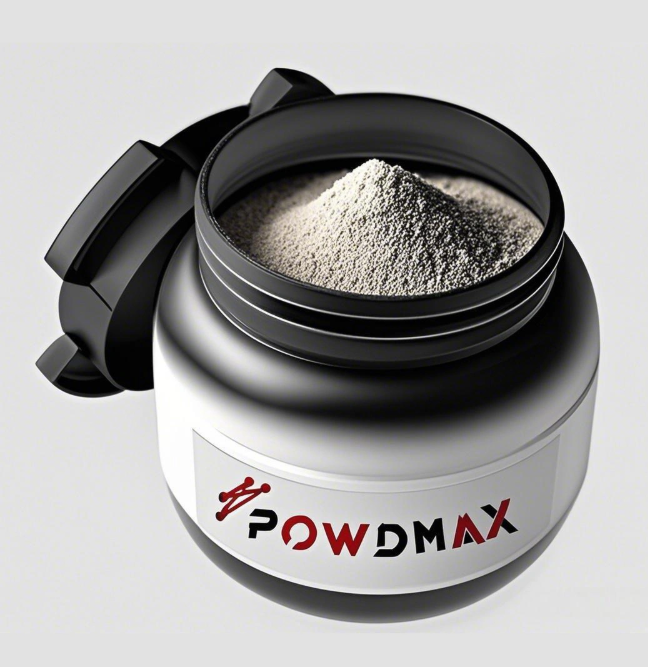- This topic is empty.
-
AuthorPosts
-
24/11/2025 at 15:03 #9319
In modern additive manufacturing, the choice of tool steel plays a critical role in determining the performance, reliability, and longevity of components. H13 iron-based powders, a chromium-molybdenum-vanadium hot-work tool steel, are increasingly preferred over conventional tool steels for high-stress applications. Produced by Hangrui (Shanghai) Advanced Material Technologies Co., LTD., these powders are engineered to meet the stringent demands of aerospace, automotive, energy, and medical industries. With advanced production facilities and strict quality control, Hangrui ensures that its H13 powders deliver consistent performance for additive manufacturing processes.

1. Material Composition and Core Properties
H13 is renowned for its high thermal stability, toughness, and wear resistance:
-
High Thermal Stability: Retains hardness up to 600°C (1112°F), allowing components to withstand high-temperature operation without losing performance.
-
Excellent Toughness: Resists cracking under repeated thermal cycling, which is essential for molds, dies, and high-stress tooling.
-
Wear Resistance: Maintains durability in high-load and high-friction environments, extending service life.
-
Machinability: Good in annealed condition; heat treatment is recommended for optimal performance in demanding applications.
These properties make H13 ideal for additive manufacturing, particularly where conventional steels may fail under thermal fatigue or repeated stress.
2. Common Forms and Additive Manufacturing Suitability
H13 is available in several forms: wrought steel, castings, and metal powders for 3D printing or thermal spray coatings. The metal powders produced by Hangrui are tailored for additive manufacturing with key features such as:
-
Spherical particle morphology in the 15–53 μm size range for smooth flow and even layer deposition.
-
Low oxygen content (<300 ppm) to improve sintering and melting performance.
-
Excellent compatibility with post-processing techniques such as HIP (Hot Isostatic Pressing) and surface finishing to eliminate porosity and enhance durability.
This makes H13 powders particularly suitable for complex mold geometries and intricate tooling components that are difficult to produce with conventional steels.
3. Advantages Over Conventional Tool Steels
Feature H13 Iron-Based Powders Conventional Tool Steels Advantage Thermal Stability Up to 600°C Typically lower, 500–550°C H13 can handle higher temperatures without softening Toughness High, resists cracking under thermal cycling Moderate Reduces risk of fracture in repeated operations Wear Resistance Excellent under high load Good but limited Longer service life in high-stress applications Additive Manufacturing Optimized powder morphology, low oxygen content Often requires machining or casting Suitable for complex 3D-printed parts Post-Processing HIP and surface finishing enhance properties Limited options Greater flexibility for precision engineering H13 powders offer balanced thermal and mechanical properties, making them more suitable than conventional tool steels for applications that require both high toughness and wear resistance at elevated temperatures.
4. Industry Applications
H13 iron-based powders are widely used across industries:
-
Aerospace: High-temperature molds and dies for jet engine components.
-
Automotive: Die-casting molds, tooling, and high-precision automotive parts.
-
Energy: Components exposed to thermal cycling and wear.
-
Medical: Durable molds for prosthetics and surgical tools.
By integrating H13 powders into additive manufacturing workflows, manufacturers achieve complex geometries, superior performance, and extended component life.
Conclusion
When it comes to additive manufacturing, H13 iron-based powders produced by Hangrui offer clear advantages over conventional tool steels. Their high thermal stability, excellent toughness, wear resistance, and optimized powder characteristics make them the ideal choice for complex tooling, molds, and high-stress components. With Hangrui’s expertise and advanced production facilities, industrial manufacturers can rely on precision-engineered H13 powders to meet the most stringent technical demands of aerospace, automotive, energy, and medical applications.
http://www.powdmax.com
Hangrui (Shanghai) Advanced Material Technologies Co.,Ltd. -
-
AuthorPosts
- You must be logged in to reply to this topic.